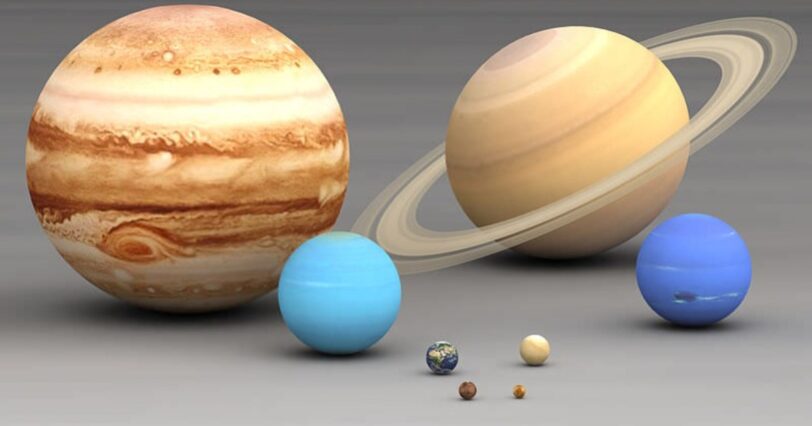Planets have fascinated human beings for thousands of years. From the ancient Greeks to modern astronomers, people have studied the movements of these celestial bodies and tried to understand their place in the universe. But what exactly is a planet? How do we define it? In this article, we will explore the history of the definition of planets, from ancient astronomy to modern discoveries.
In ancient times, the definition of a planet was based on its observable characteristics. The word “planet” comes from the Greek word “planētēs,” which means “wanderer.” This is because the ancient Greeks noticed that some stars moved in the sky, unlike the fixed stars. These “wandering stars” were called planets.
The ancient Greeks identified five planets: Mercury, Venus, Mars, Jupiter, and Saturn. These were the only planets visible to the naked eye, and they were known as the “classical planets.” The Greeks believed that these planets, along with the Sun and the Moon, orbited the Earth.
In the 16th and 17th centuries, astronomers began to challenge the geocentric view of the universe. Nicolaus Copernicus proposed a heliocentric model, where the planets orbited the Sun, and the Earth was just another planet. Galileo Galilei used his telescope to observe the planets and discovered that they had moons and were not perfect spheres. He also observed the phases of Venus, which supported the heliocentric model.
As telescopes improved, astronomers discovered more planets. In 1781, William Herschel discovered Uranus, and in 1846, Neptune was discovered by Johann Galle and Heinrich d’Arrest. These new discoveries raised questions about what exactly a planet was and how they differed from other celestial bodies.
In 1930, Pluto was discovered by Clyde Tombaugh. At the time, it was classified as a planet, but it was later reclassified as a dwarf planet. This decision was made by the International Astronomical Union (IAU) in 2006, which defined a planet as a celestial body that orbits the Sun, is spherical in shape, and has cleared its orbit of other debris.

This definition has caused some controversy, as it excludes Pluto and other dwarf planets from being considered planets. Some scientists argue that the definition should be expanded to include any object that is spherical and orbits a star. Others suggest that the definition should be based on the physical characteristics of the object, such as its size and composition.
In recent years, astronomers have discovered thousands of exoplanets, planets that orbit stars outside of our solar system. These discoveries have raised new questions about the definition of planets and how we classify them. As we continue to explore the universe, our understanding of planets will likely evolve, and the definition may change again.
In conclusion, the definition of planets has evolved over time, from the ancient Greeks’ observations of wandering stars to modern discoveries of exoplanets. Today, planets are defined as celestial bodies that orbit the Sun, are spherical in shape, and have cleared their orbits of other debris. However, this definition is not without controversy, and it may change as our understanding of the universe grows. Planets continue to fascinate and inspire us, and their study will remain an important part of astronomy for years to come.


